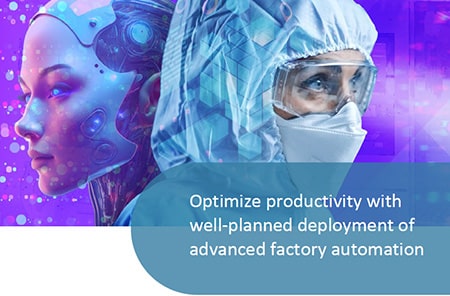Transcript
Today, it’s a difficult but important task to predict when equipment is going to need maintenance. Pharmaceutical Manufacturing has one of the highest ‘costs of failure’, both because each batch is expensive and because our facilities as a whole are capital intensive to operate. Keeping equipment running is critical and we need to be able to predict failures in advance.
Today’s SmartFactory Rx is used by plants around the world to predict maintenance events more accurately and earlier than ever before. It’s a web-based tool that allows you to build equipment and process health models using your existing data. Whether it’s a simple trend or a complex analysis from multiple data sources, SmartFactory Rx can help you extract data and build strategies for detecting failures before they occur.
You can see here many different types of failure detection mode and once it’s detected we need to act quickly. The system can send you an email or another alert in real time and include detailed information as you can see here that helps you understand what’s going on. This could include an SOP, a link to the current maintenance log or any other information from an automation system that can help you troubleshoot more quickly.
Once you have this data, SmartFactory Rx’s user interface allows you to understand exactly what’s causing the issue and to drill down to understand root causes. Over time, the system is going to use your data to learn more and more types of equipment or process failures and alert you to action earlier and earlier. SmartFactory Rx is making Predictive Maintenance simple through web-based tools that integrate with your existing systems to keep your plant running 24/7.

